Nationality British Role Inventor | Name Peter Zinovieff Occupation Inventor | |
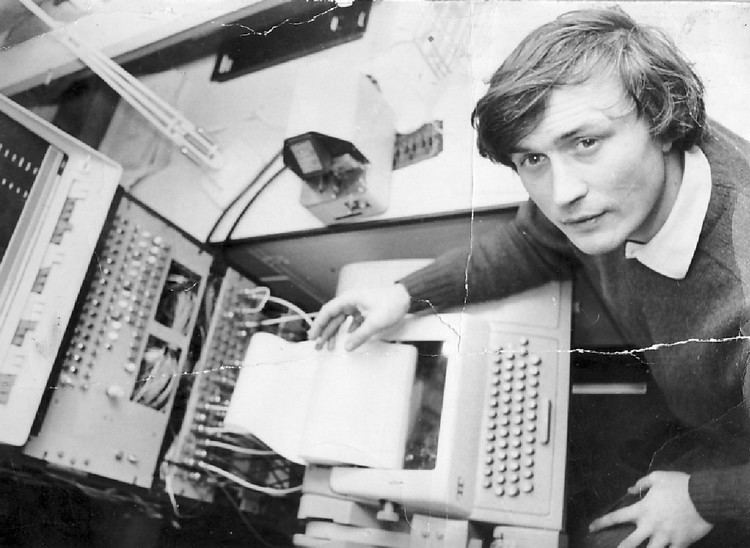 | ||
Born 26 January 1933 (age 92) ( 1933-01-26 ) Books The Mask of Orpheus: An Opera in Three Acts People also search for Tristram Cary, Harrison Birtwistle, David Cockerell | ||
Peter zinovieff agnus dei
Peter Zinovieff (born 1933) is a British engineer and inventor of Russian ethnicity, whose EMS company made the VCS3 synthesizer in the late 1960s. The synthesizer was used by many early progressive rock bands such as Pink Floyd and White Noise, and Krautrock groups as well as more pop-oriented artists, including Todd Rundgren and David Bowie.
Contents
- Peter zinovieff agnus dei
- Peter zinovieff and electronic music studios
- Early life and education
- Career in music and electronics
- Personal life
- References
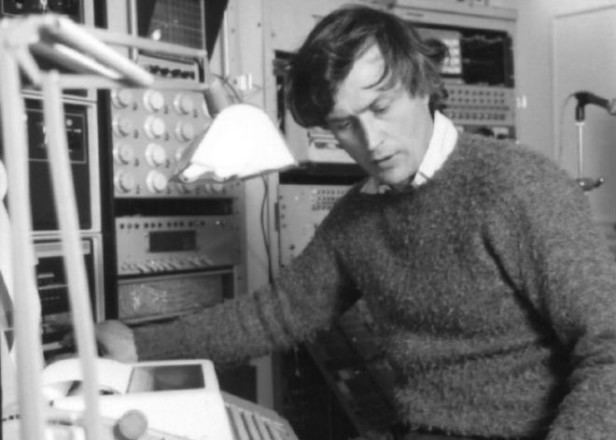
Peter zinovieff and electronic music studios
Early life and education
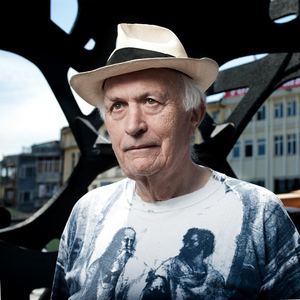
Zinovieff was born on 26 January 1933; his parents, Leo Zinovieff and Sofka, née Princess Sophia Dolgorouky, were both Russian aristocrats, who met in London after their families had emigrated to escape the Russian Revolution and soon divorced. During World War II he and his brother Ian lived with their grandparents in Guildford and then with their father in Sussex. He attended Guildford Royal Grammar School, Gordonstoun School, and Oxford University, where he earned a doctorate in geology.
Career in music and electronics
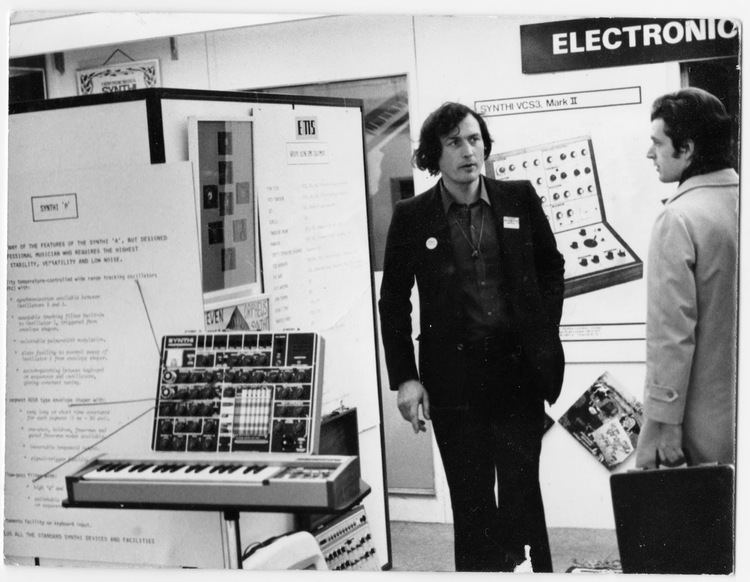
Zinovieff's work followed research at Bell Labs by Max Mathews and Jean-Claude Risset, and an MIT thesis (1963) by David Alan Luce. In 1966–67, Zinovieff, Delia Derbyshire and Brian Hodgson ran Unit Delta Plus, an organisation to create and promote electronic music. It was based in the studio Zinovieff had built, in a shed at his house in Putney. (The house is near the Thames, and the studio was later partially destroyed by a flood). EMS grew out of MUSYS, which was a performance controller operating as an analogue-digital hybrid. It was a synthesiser system which Zinovieff developed with the help of David Cockerell and Peter Grogono, and used two DEC PDP-8 minicomputers and a piano keyboard. Unit Delta Plus ran a concert of electronic music at the Watermill Theatre in 1966, with a light show. In early 1967 they performed in concerts at The Roundhouse, at which the Carnival of Light was also played; they split up later in 1967. Paul McCartney had visited the studio, but Zinovieff had little interest in popular music.
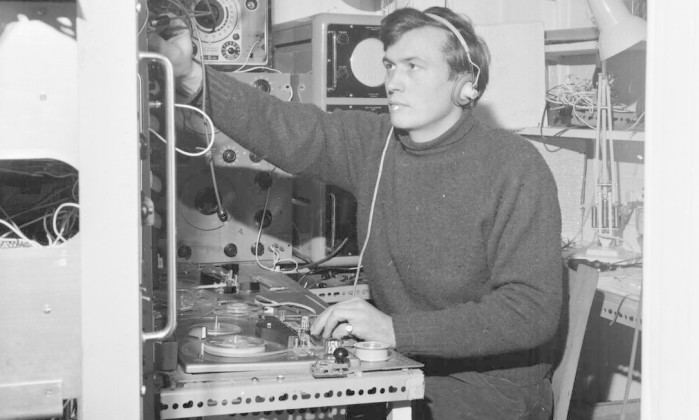
In 1968, part of the studio was recreated at Connaught Hall, for a performance of pieces by Justin Connolly and David Lumsdaine. At the IFIP congress that year, the composition ZASP by Zinovieff with Alan Sutcliffe took second prize in a contest, behind a piece by Iannis Xenakis.
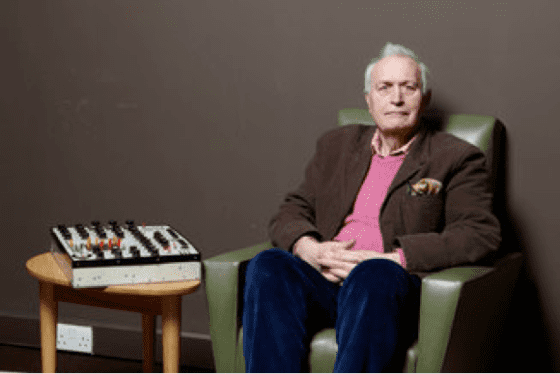
In 1969, Zinovieff sought financing through an ad in The Times but received only one response, £50 on the mistaken premise it was the price of a synthesiser. Instead he formed EMS with Cockerell and Tristram Cary. At the end of the 1960s, EMS Ltd. was one of four companies offering commercial synthesizers, the others being ARP, Buchla, and Moog. In the 1970s Zinovieff became interested in the video synthesizer developed by Robert Monkhouse, and EMS produced it as the Spectron.
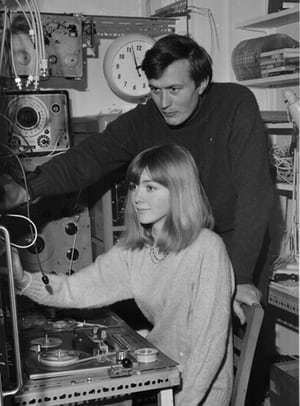
Jon Lord of Deep Purple described Zinovieff as "a mad professor type": "I was ushered into his workshop and he was in there talking to a computer, trying to get it to answer back". Trevor Pinch and Frank Trocco, in their history of the synthesizer revolution, see him rather as aristocratically averse to "trade".
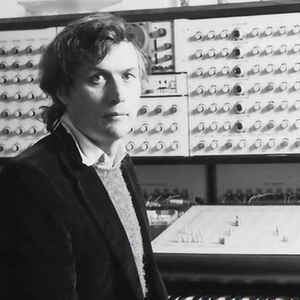
Zinovieff wrote the libretto for Harrison Birtwistle's opera The Mask of Orpheus, and also the words for Nenia: The Death of Orpheus (1970). The section Tristan's Folly in Tristan (1975) by Hans Werner Henze included a tape by Zinovieff. He continues to work as a composer of electronic music.
Personal life
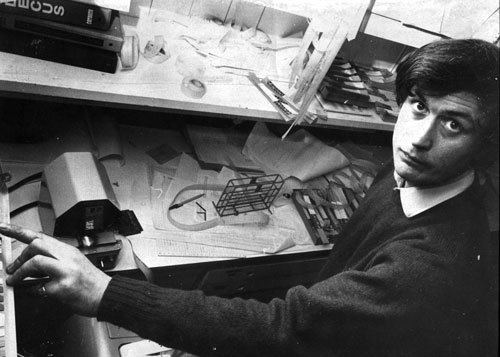
In 1960, Zinovieff married Victoria Heber-Percy; in 1978, he married Rose Verney. He has seven children and eight grandchildren.
